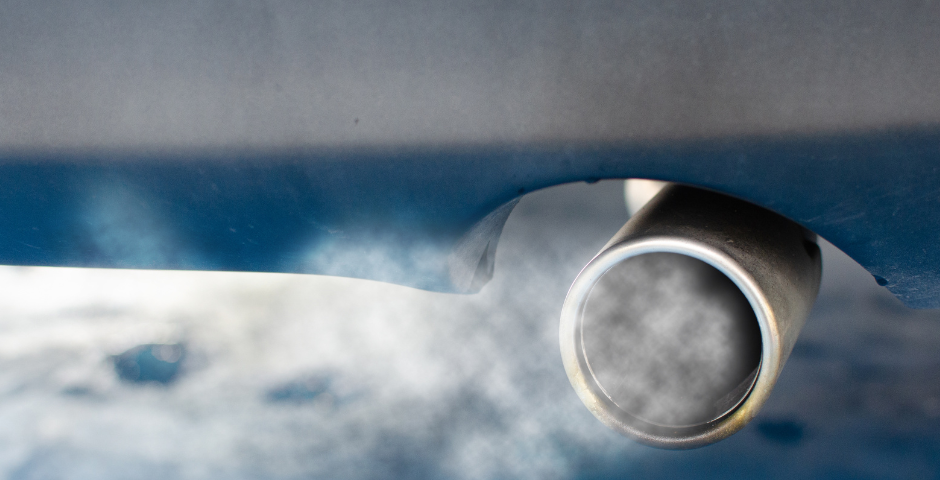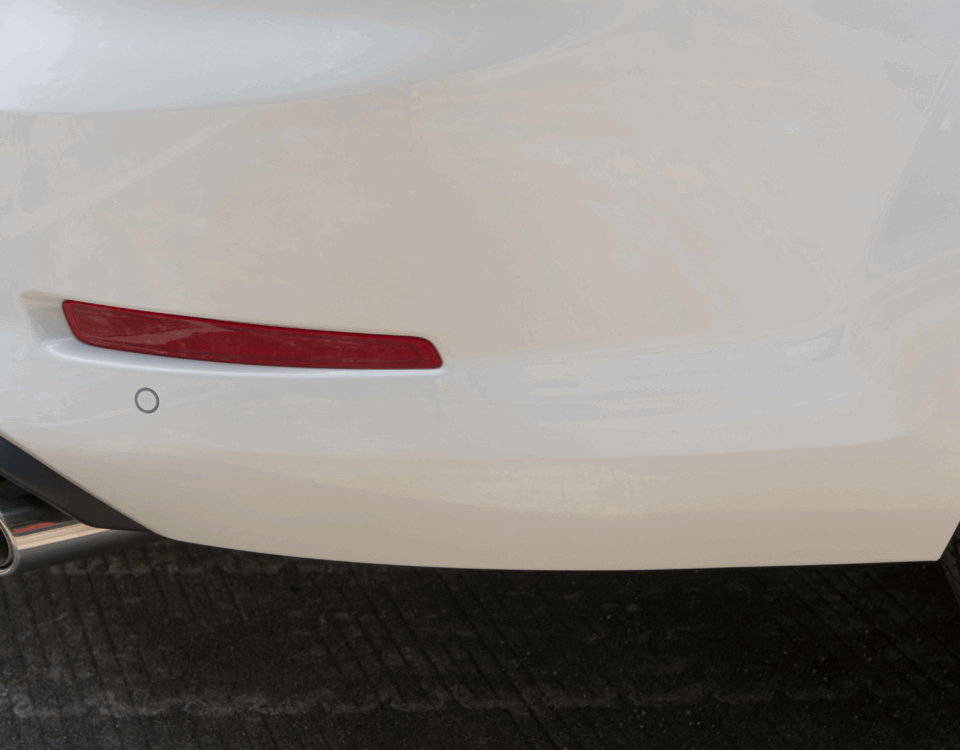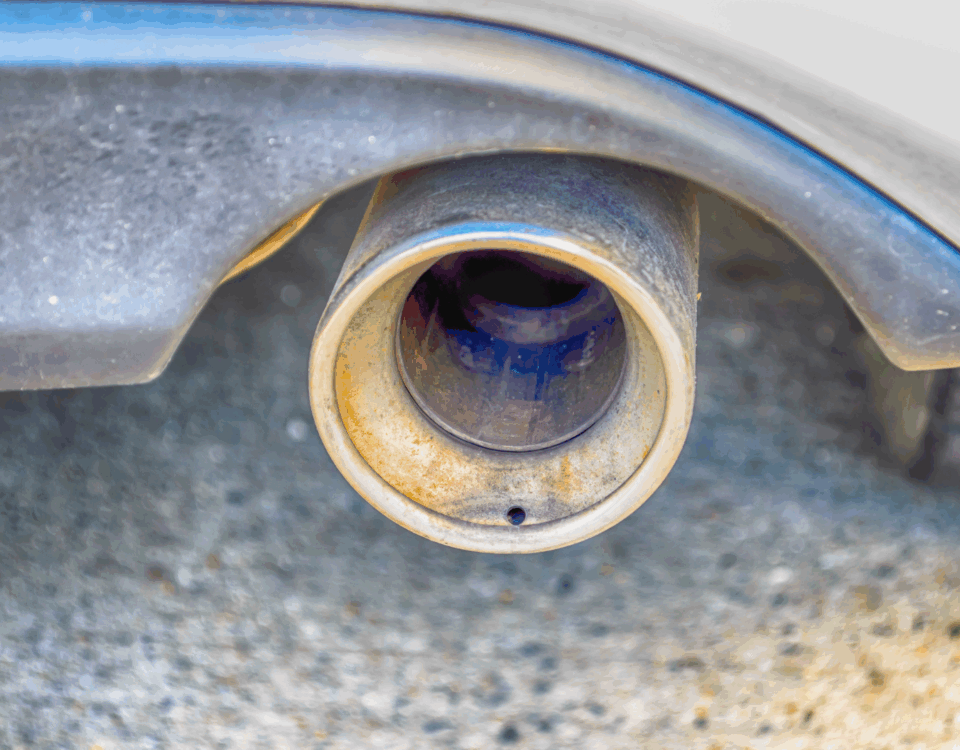
The Importance of Regular Smog Testing for Your Vehicle
March 14, 2023
What Is a Smog Test and Why Do I Need One for My Car?
March 14, 2023Understanding the Results of Your Car’s Smog Test
The state of New York requires every vehicle to pass a smog test in order to receive an original registration or an annual renewal. This is an important process that allows us to avoid smog-related health risks and other environmental hazards that are caused by emissions from vehicles on the road.
Smog testing is an extensive inspection of your car’s emissions system. The test checks for the presence of HC (hydrocarbons), CO (carbon monoxide) and NOx (nitrogen oxides).
Most smog tests are performed on a dynamometer, which is a machine that allows your engine to run at high speeds. This will force your engine to operate at its optimal levels, allowing for more complete combustion and better gas mileage.
When your car is driven on a dynamometer, it is important that your tires are properly inflated to ensure even tire pressure. This will allow the smog technician to obtain more accurate readings during the test.
During the test, your engine will be forced to run at high speeds for long periods of time. This can cause uneven wear on your wheels and tires, which may lead to a failed smog test.
A faulty oxygen sensor or catalytic converter can also cause your car to fail a smog test. If your oxygen sensor is malfunctioning, have it replaced by a mechanic before you take your car to the test.
If your catalytic converter has been damaged by rust or other factors, it can also cause you to fail the test. A repair shop can replace this part for a reasonable price.
Another common reason cars fail a smog test is due to excessive hydrocarbons in their exhaust. These are a byproduct of incomplete fuel combustion, which can occur at several different points within the gasoline combustion system of your vehicle.
One way to reduce the release of unused hydrocarbons is to change your oil regularly. You can also check the oil in your car before you head out for a smog test to ensure that it is clean and free of rust or other contaminants.
You should also keep an eye on the air filter, as a dirty one will contribute to the increased release of hydrocarbons in your emissions. This can lead to an increased failure rate on your smog test.
The smog test can be difficult to understand, but there are ways to improve your chances of passing it. If you follow a few simple steps, you’ll find that your chances of passing your next smog test are improved.
- Drive Your Car for a While Before You Take It in For the Smog Test
The most important thing you can do before you head out for your next smog check is to drive your car. This will help get your engine running at its optimal performance level and will give you a better chance of passing the test.
- Perform All of Your Regular Maintenance Before You Take It in For the Smog Check
The best time to get all of your maintenance done is a few weeks before you have your smog check. Getting all of your tune-ups, oil changes and other routine maintenance done in this time period will give you the greatest chance of passing your smog check.






